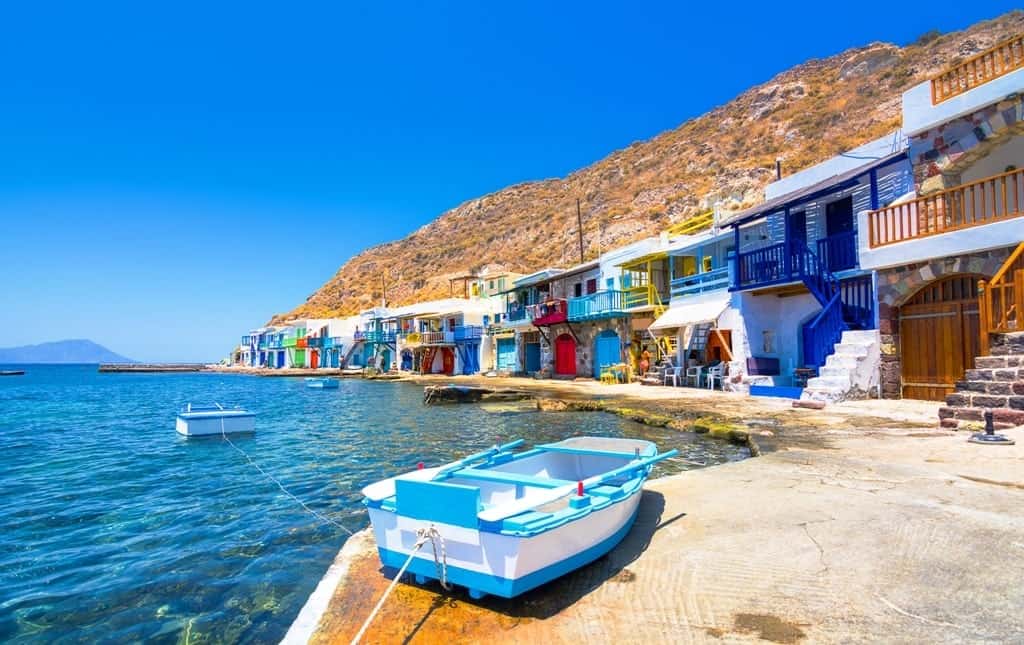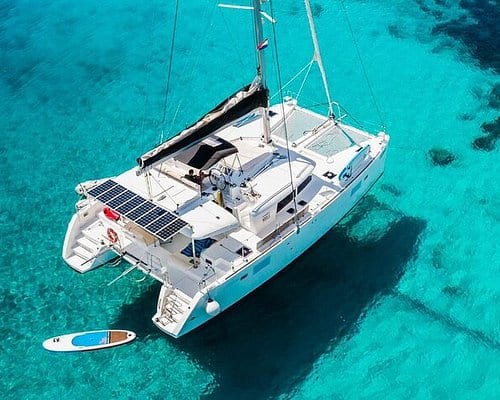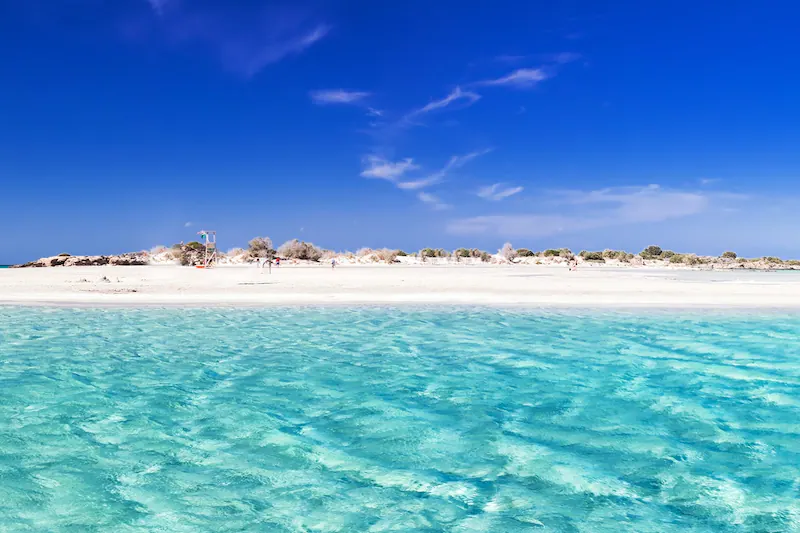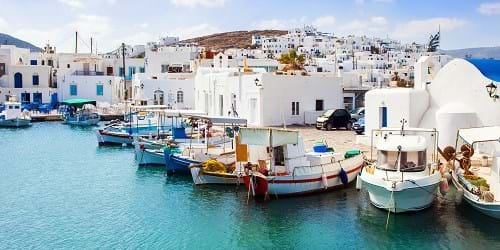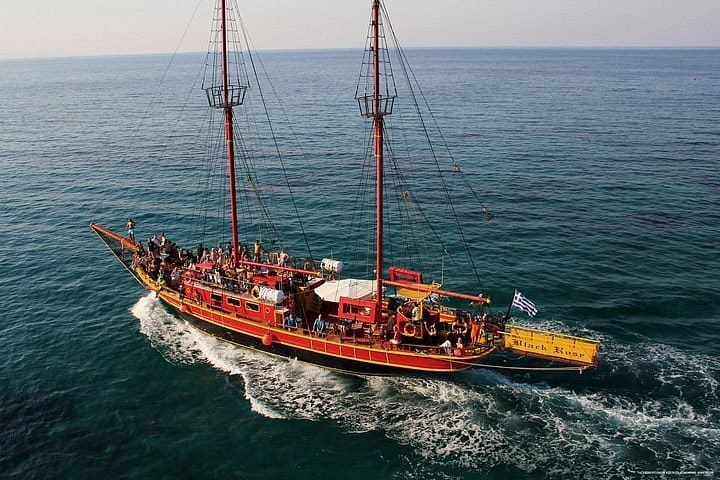How Big Is Crete
Crete: Size, Landscape, and Distances – A Comprehensive Overview
Crete, the largest of the Greek islands, is a land rich in culture, history, and natural beauty. But just how large is it? Let’s delve into the details and provide some context to help you understand the island’s size and the distances involved in exploring it.
Just a heads-up: Some of the links you’ll see in our articles are affiliate links. This means that if you decide to click on one of these links and make a purchase, we may earn a small commission at no extra cost to you. We only recommend places, activities, and products that we truly believe in and think you’ll love.
Crete: Size and Dimensions
Crete stretches about 160 miles (260 kilometers) from east to west, making it the fifth largest island in the Mediterranean Sea. Its width varies considerably, with a maximum of about 37 miles (60 kilometers) from north to south at its widest point, while at its narrowest, it is just over 7 miles (12 kilometers) wide.
Overall, Crete has a total area of approximately 3,206 square miles (8,303 square kilometers). To put that in perspective, it’s larger than the U.S. state of Rhode Island and the country of Luxembourg. Crete’s size means it has a diversity of landscapes, from stunning beaches and rugged mountains to fertile plains and ancient archaeological sites.
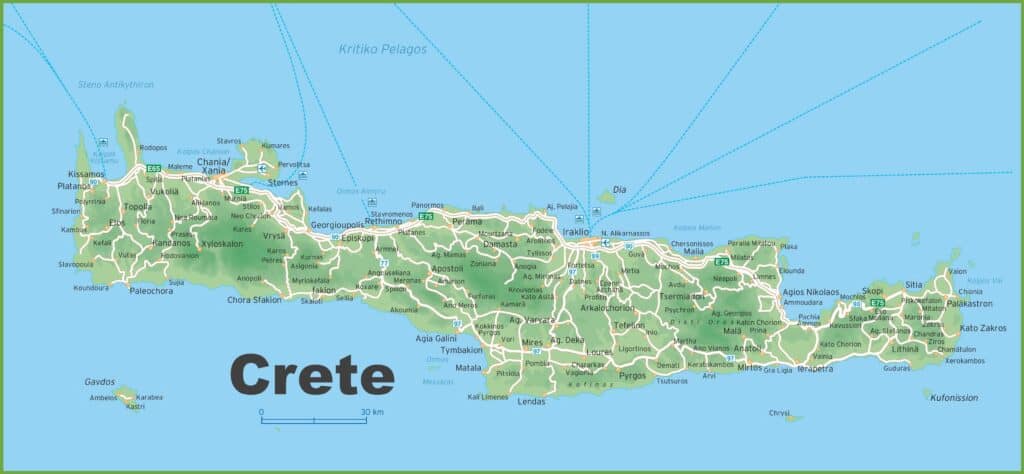
Distances Across Crete
Given its size, understanding the distances between different points in Crete can be valuable for planning your travels. Here are some approximate road distances between major locations:
- Chania to Rethymno: 40 miles (64 kilometers)
- Chania to Heraklion: 88 miles (142 kilometers)
- Heraklion to Agios Nikolaos: 40 miles (64 kilometers)
- Heraklion to Ierapetra (the southernmost city in Europe): 60 miles (97 kilometers)
The island’s main highway, the National Road, runs along the north coast of Crete and connects the major cities of Chania, Rethymno, Heraklion, and Agios Nikolaos. While it’s a relatively straightforward route, do keep in mind that traveling across Crete can take longer than expected due to the mountainous terrain, particularly if you’re exploring the more rural southern regions.
Exploring Crete’s Expanse
While these figures provide an idea of the size of Crete, the true measure of the island’s grandeur lies in its diverse landscapes and rich cultural heritage. The extensive coastline boasts some of the Mediterranean’s most beautiful beaches, like Balos, Elafonisi, and Vai, the palm beach. In contrast, the island’s interior is home to impressive mountain ranges, such as the White Mountains (Lefka Ori) and Mount Ida (Psiloritis), the island’s highest peak.
Crete’s size also means that it is home to numerous towns and villages, each offering a unique perspective on Cretan culture. From the Venetian charm of Chania’s Old Town to the bustling modern city life in Heraklion, Crete’s vast expanse caters to all tastes.
When planning your visit to Crete, understanding the island’s size and distances can be a great help in optimizing your itinerary. Whether you prefer to base yourself in one city and make day trips, or embark on a journey to travel across the island, the beauty and diversity of Crete will undoubtedly captivate you. Remember, though, Crete is an island to be savored, not rushed – take your time to immerse yourself in its landscapes, its culture, and its welcoming spirit.

